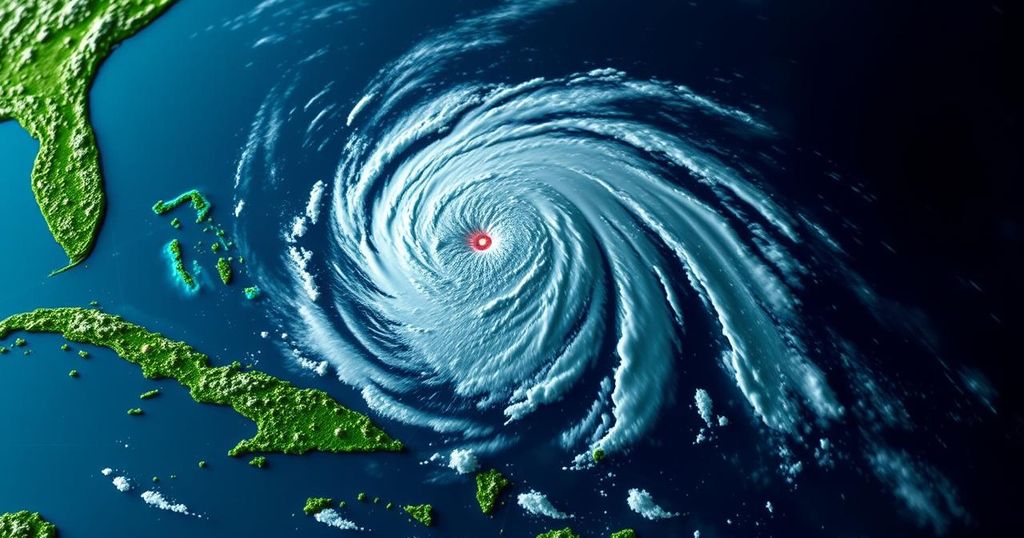The Evolution of Hurricane Forecasting: From Early Predictions to Modern Tracking Technologies

The article chronicles the history of hurricane forecasting, beginning with Father Benito Viñes’ 1875 prediction. It highlights the contributions of early meteorologists and the evolution of tracking technologies culminating in current satellite capabilities. Despite improvements, it emphasizes ongoing challenges, such as ineffective evacuation efforts and climate impacts, that have led to increasing hurricane-related devastation.
On September 11, 1875, the first documented hurricane forecast was made by Father Benito Viñes, a Jesuit priest and the director of the Meteorological Observatory in Havana, Cuba. Using telegraphic information about a hurricane in the eastern Caribbean, he alerted the public and the Havana harbormaster of a potential threat to Cuba—a warning that proved crucial, as the storm indeed impacted the island the following day. Although Viñes miscalculated the storm’s trajectory, his warning likely prevented many vessels from departing the harbor amid the incoming storm.
The evolution of hurricane forecasting has significantly advanced since the late 19th century, owing to remarkable scientific and technological developments. Initially, the understanding of hurricanes was largely anecdotal, with individuals like William Redfield in 1821 beginning to chart the unique characteristics that distinguished hurricanes from other storms. This groundwork eventually allowed for the establishment of formal meteorological organizations, such as the U.S. government’s Weather Bureau, which transitioned from military to civilian control in 1891. However, this transition did not prevent catastrophic forecasting failures, exemplified by the 1900 Galveston hurricane, which resulted in substantial loss of life due to a forecasted incorrect storm path.
Hurricane tracking and forecasting have markedly improved from the early efforts of individuals like Father Viñes to sophisticated satellite technology and computer modeling. Despite these advancements, challenges remain in effectively communicating risks and facilitating evacuations, particularly as consequences of climate change and increased development in vulnerable areas exacerbates the destructiveness of hurricanes. As such, it remains imperative for governmental and meteorological authorities to enhance their preparedness and response strategies to mitigate human and economic losses attributable to these natural disasters.
Original Source: www.history.com







